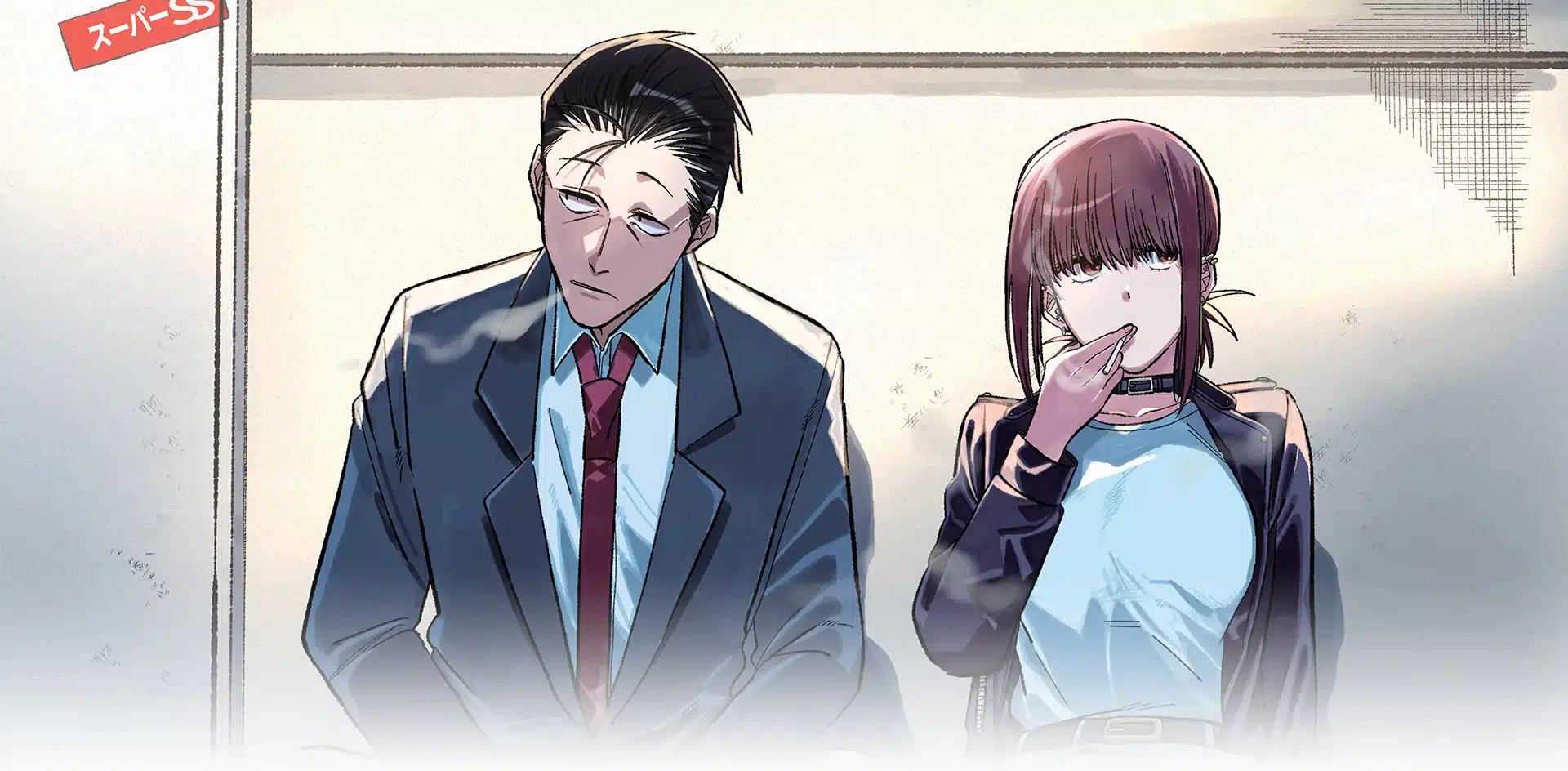DC Comics is trying something new. In the wake of their Rebirth initiative, the publisher has rapidly expanded its content to include diverse new imprints such as Young Animal, Wildstorm, Jinxworld, Wonder Comics, Black Label, Ink, and Zoom. As their lineup expands, it can be hard to figure out what to pick up each week. That’s what our team is here to help with, every Wednesday, with the DC Round-Up!
THIS WEEK: DC Round-Up Powers — Ruminate!
Note: the reviews below contain spoilers. If you want a quick, spoiler-free buy/pass recommendation on the comics in question, check out the bottom of the article for our final verdict.
 Wonder Twins #1
Wonder Twins #1
Writer: Mark Russell
Artist: Stephen Byrne
Letters: Dave Sharpe
You know how Firestorm can only appear if the two people who form him are near enough to touch? It’s a pretty significant limitation. Maybe, like me, you’ve discovered that the most frustrating part of watching Legends of Tomorrow is how the team keeps coming up with harebrained plans that involve Jefferson and Professor Stein splitting up. I mean come on — Firestorm is the biggest power hitter on the team by far and those two are completely useless apart from each other. How are they not handcuffed together, just in case? It’s infuriating.
Now picture if, instead of forming a ridiculously powerful fire elemental that can transmute any element into ANYTHING, Jefferson and the Professor touched hands and transformed into a pigeon and a puddle of water. And that, my friends, is the Wonder Twins.
The Wonder Twins have the stupidest powers ever.
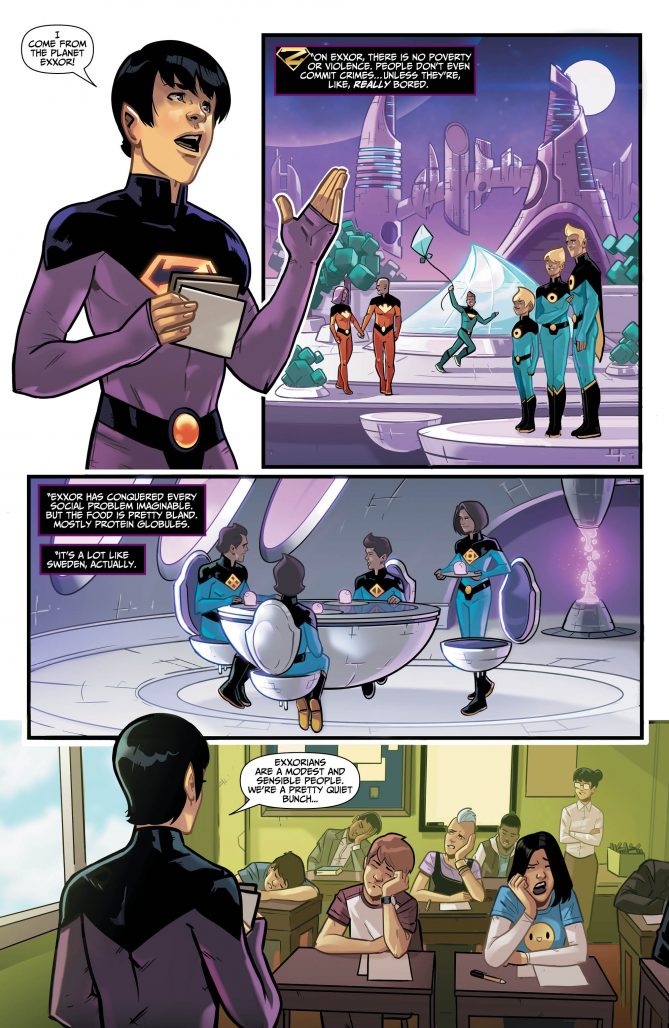
If you’re considering picking up this comic, I assume it’s for nostalgic reasons. Those of us who grew up with the Super Friends cartoon developed a strange affinity for these sibling misfits. Maybe it was their wacky purple monogrammed jumpsuits or the goofy monkey they always hung out with (please do not send me hate mail about Gleek). Whatever the reason, DC has decided to bring the Wonder Twins back into the spotlight. So how did they do?
The main thing that the creative team got right is the tone. It would be ill-advised to try to pretend that Zan and Jayna aren’t campy relics of the 70’s, and this story leans into the wackiness pretty well. It’s nice that the comic doesn’t take them (or itself) too seriously. The Wonder Twins are escorted into an old back room of the Hall of Justice that looks suspiciously like the control room from Super Friends. The twins spend much of the issue sitting at the large outdated computer screen, watching uselessly as the Justice League faces threats around the world. Just like old times. Even Wonder Woman comments at one point on how underwhelmed she is by their abilities.
The whole thing is pretty tongue-in-cheek. Black Lightning questions why he is dispatched to fight a giant sea creature, instead of the obviously better-suited Aquaman. Later in the story, Mr. Mxyzptlk, another mainstay of the Saturday morning cartoon, is defeated in a manner that frankly seems to violate the established rules of his character. He notices the injustice and starts to gripe about it as he is dissolved back into the 5th dimension. There are plenty of little moments like this to remind us that it’s okay to enjoy the silly, humorous side of superheroes.
Speaking of tone and taking a step back, it’s notable that the books of the teen-targeted Wonder Comics line are quite different in their presentations. Young Justice is fast-paced, supercharged heroic fun, while Naomi presents a more real-world peek into life as a regular teen in a quiet town. Wonder Twins isn’t like either of those books at all, so it is possible you may enjoy some of the comics in this line without fully connecting with others. Will this one hit you in just the right spot? Depends on you, and the quality of cartoons you grew up with.
To me, it feels fitting to have the Wonder Twins around, especially now that the Hall of Justice has been firmly established in the comics. Hell, even the Legion of Doom is holding board meetings in their skull-shaped headquarters these days. It just wouldn’t be right to leave Jayna and Zan behind. How would the team ever survive without their talents?
Verdict: Browse
 Wonder Woman #64
Wonder Woman #64
Writer: G. Willow Wilson
Pencils: Jesus Merino
Inks: Andy Owens
Colors: Romulo Fajardo, Jr.
Letters: Pat Brosseau
When G. Willow Wilson took over writing duties with issue #58 of Wonder Woman, it was a fairly drastic change to the series. Cary Nord provided the art for the beginning of the first story arc, along with Mick Gray and Romulo Fajardo Jr., through #60. These first few issues showed a different version of Diana Prince than the one we’ve known since Rebirth, lighter perhaps in some ways. She thought more abstractly and spoke more eloquently. She was a more idealized version of the character than the brash team captain that had been recently witchmarked in the pages of Justice League Dark.
There was also something about the storytelling in those issues that was unique. If I had to put my finger on it, I’d say it was the narrative timing. The feel was more like a newspaper comic strip than anything we’ve seen in a mainstream superhero book lately. Wonder Woman would punch a bad guy in one panel, then abruptly notice a helicopter in the distant sky, and then be having a conversation with Etta on the helicopter in the very next panel. It was an efficiency of storytelling — just cover the most important beats without worrying too much about the transitions between them. It would have fit right in the pages of Wednesday Comics (remember that?).
The next two issues were drawn by Xermanico, who ended that opening arc with a fight-heavy showdown between Wonder Woman and Ares. The action was tighter, more sequential in those and the book read completely differently. The inciting conflict was settled in an unsettled kind of way and Diana headed back to the United States with Steve. Issue #63 was a refreshing break from the action, as it focused almost entirely on a cast of refugee mythical beasts and their adventures throughout Washington D.C. This one had a different art team again, in Emanuela Lupacchino, Ray McCarthy, and Fajardo, and was more dialogue-centric. It captured the essence of what it means to be an unwelcome refugee in a strange land.
With today’s chapter, the book is featuring yet another change in creative cast (Jesus Merino, Andy Owens, and trusty Fajardo) — the fourth art team in seven issues. This one has a sort of late 90’s vibe to me, with a heavier love story and a good bit of monologuing and posturing between rivals. Diana shows more of her vulnerable side in this issue as she is piecing together what happened to her family on Paradise Island. It’s definitely much closer to the feel of a traditional modern superhero comic than Wilson’s first issue back in November.
Don’t get me wrong, there’s nothing terrible about an alternating cast of artists. Nord is coming back around in the rotation in March and I’m genuinely curious to see if the feel of that first arc comes with him. It’s impossible to know how much the tone and style has changed because of the artists versus how much it is a product of Wilson’s evolving feel for the character & decisions about the story needs.
But whatever the reason, this comic is morphing. Wonder Woman is edging closer in personality to the Justice League Dark version with each issue. What sets this book apart is that we’re able to see Diana interacting in her own familiar world of gods and mythology (rather than the unfamiliar world of arcane magics in JLD). The best parts are the quiet romantic moments with Steve Trevor and the strategic ways she uses the golden lasso during battle.
It’s difficult to say whether this version of Wonder Woman is the one that will stick around, or if this book is still exploring different aspects of the people and places that are part of the mythos. If you’ve missed a few issues, this might be a good time to check in and see if it grabs you more now. If not, just wait a few and see what happens.
Verdict: Browse
 Round-Up
Round-Up
- Okay, as much as I’ve bitched about being tired of the evil Batman clone shtick, I have to admit that I’m enjoying The Batman Who Laughs. It is in some ways a throwback to The Black Mirror storyline. This week’s issue features James Gordon, Jr. as he trudges along his seemingly pointless road to rehabilitation, along with an exploration of the forgotten tunnels and architecture of Gotham City. Far from being a predictable story, the ending of this one had me questioning whether Snyder has a more elaborate endgame than I gave him credit for in a mere event tie-in.
- The Flash #64 is the second part of a Batman/Flash crossover. The forensic scientist and the world’s greatest detective make for a pretty fun buddy cop series. It’s got ties to Heroes in Crisis (which I’m enjoying more and more), but I wish I cared more about (or knew more about) the main villain in this story. She’s fairly obscure.
- Hoo boy, if you’re not reading Superman you’re missing out. It’s one of our favorites around here, and we’re now starting to find out how Superman’s son Jonathan lost years of his life out in space. The unexpected cameo at the end of this week’s issue is a jaw dropper.
- There’s a lot to like about Justice League Dark as well. I think this iteration of the title is a lot more fun and cohesive than the last go around a few years back. It’s not only diving into the history of Doctor Fate and the Lords of Order, but also exploring the mystical realm of Myrra and showing what a scientist like Kirk Langstrom can do when he’s had a chance to study the rules of magic. For my money, though, The Oblivion Bar is the main attraction. It’s never been so much fun.
Miss any of our earlier reviews? Check out our full archive!


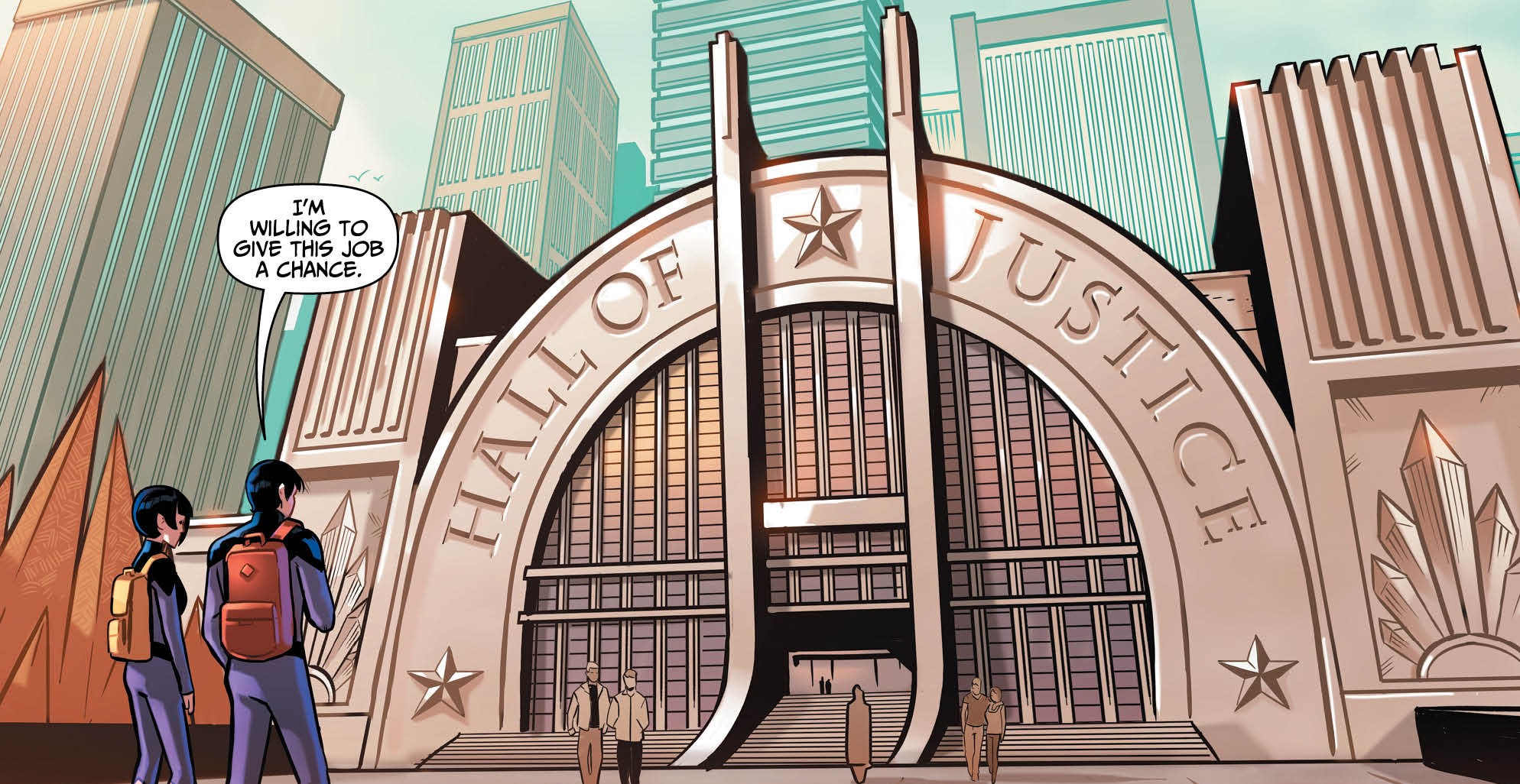
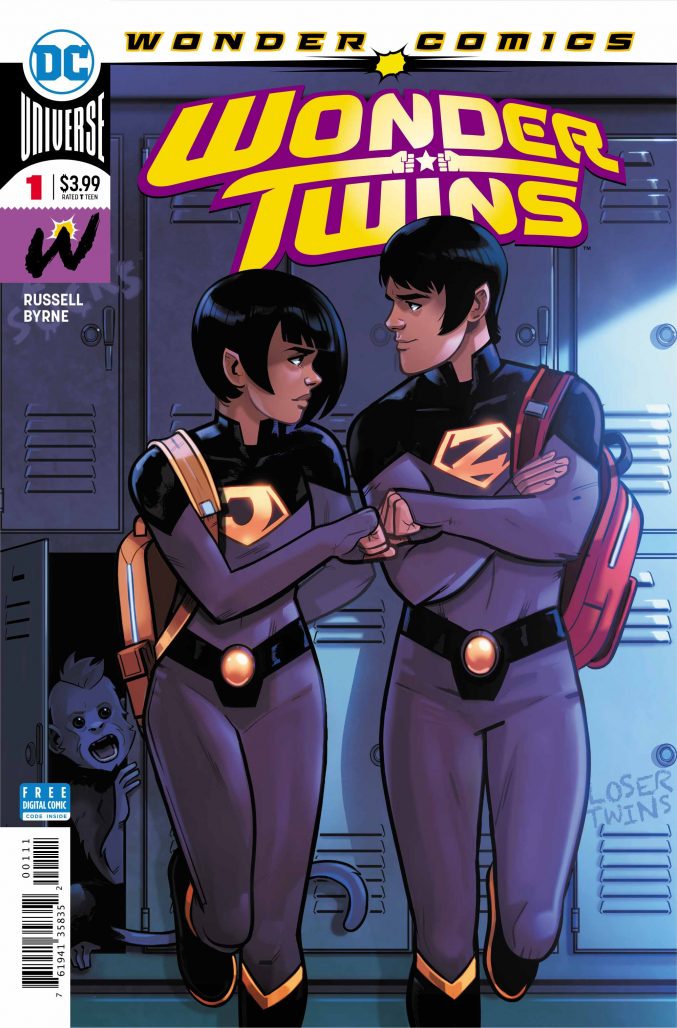 Wonder Twins #1
Wonder Twins #1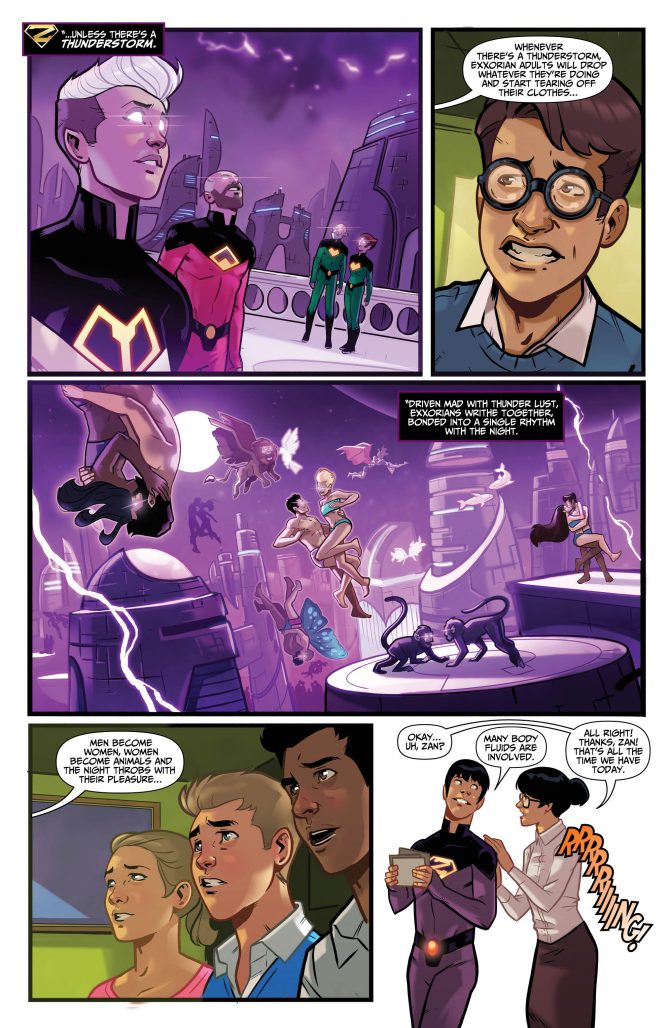
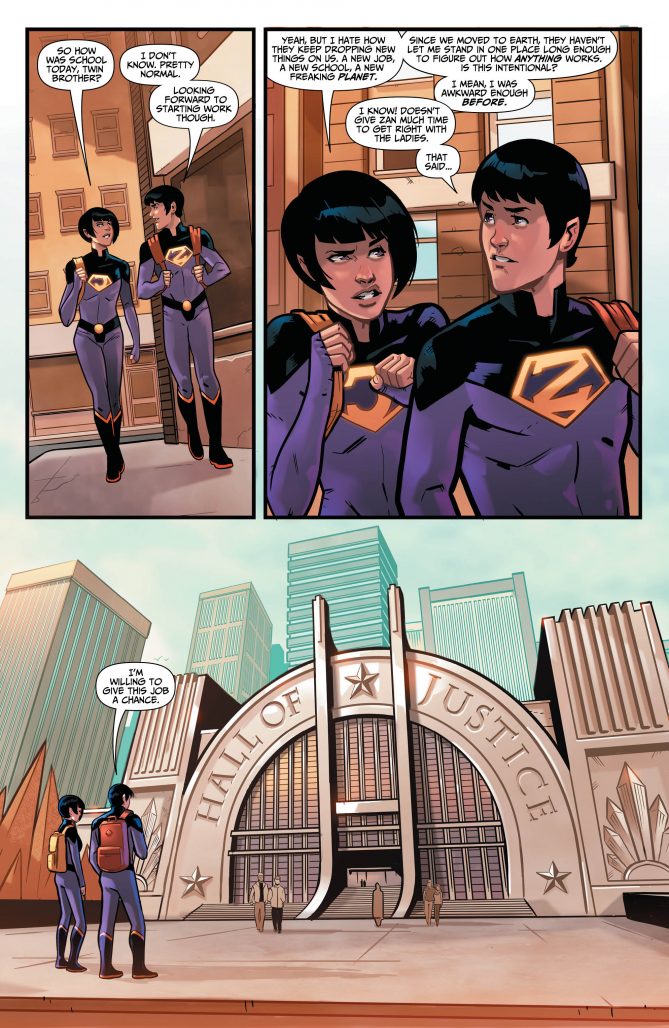
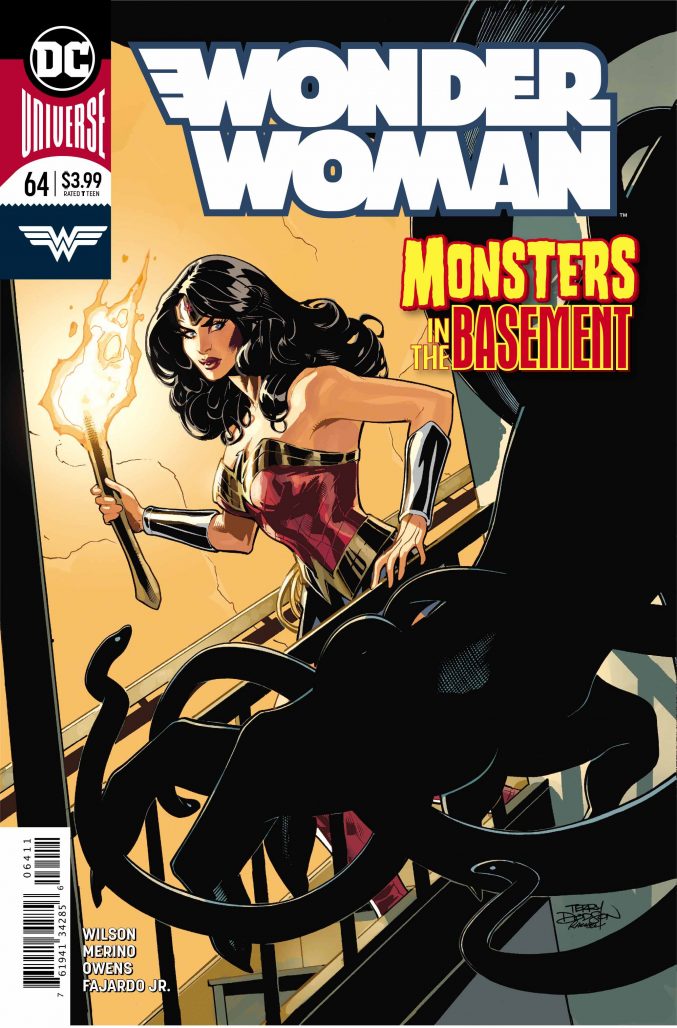 Wonder Woman #64
Wonder Woman #64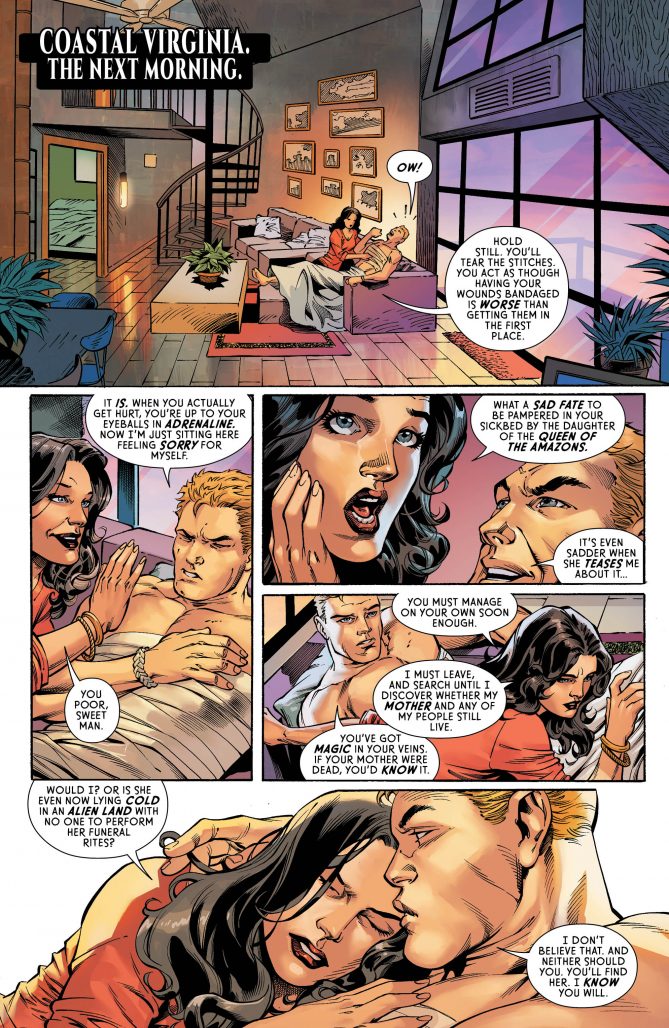
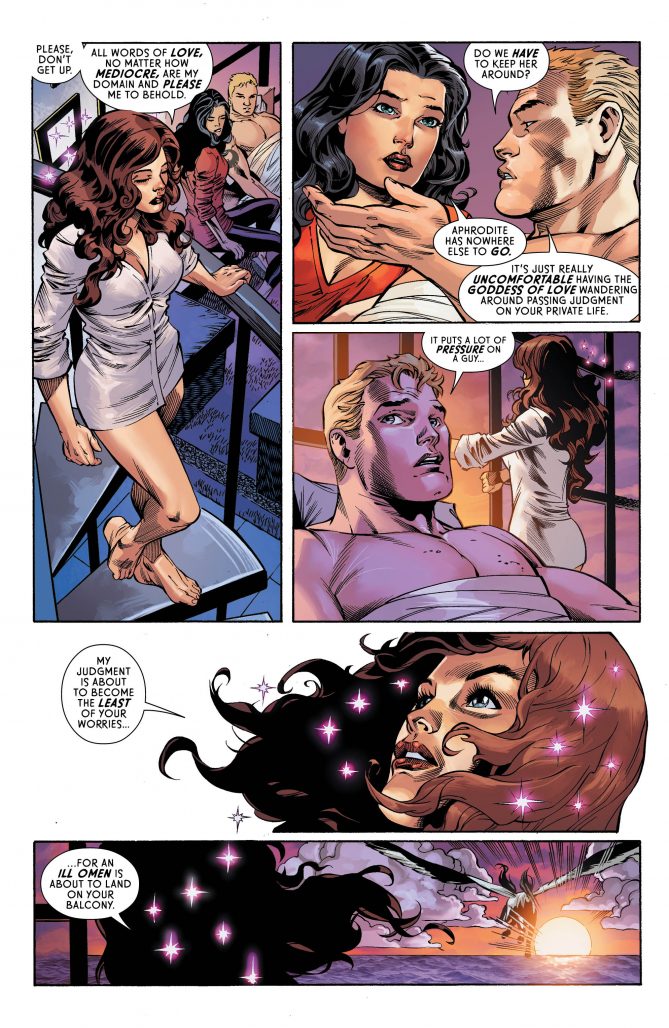
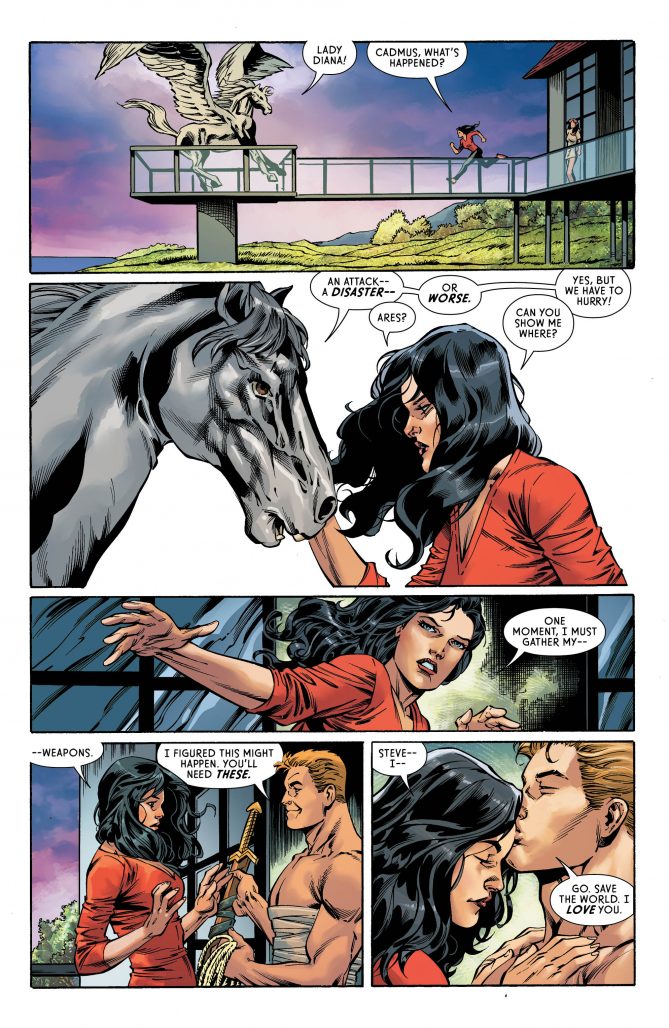
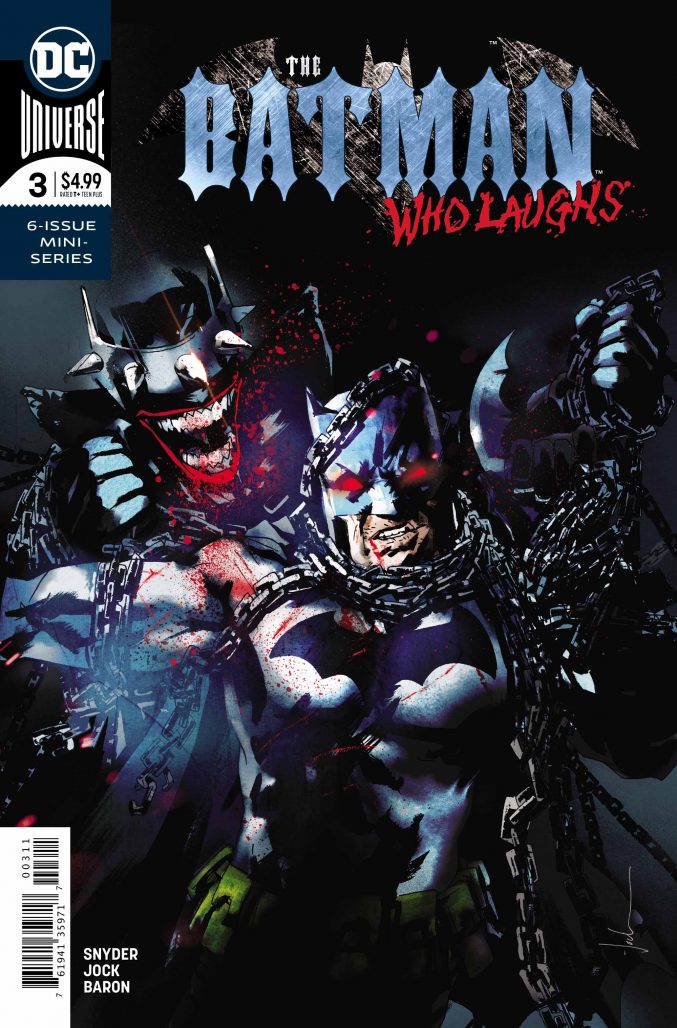 Round-Up
Round-Up


